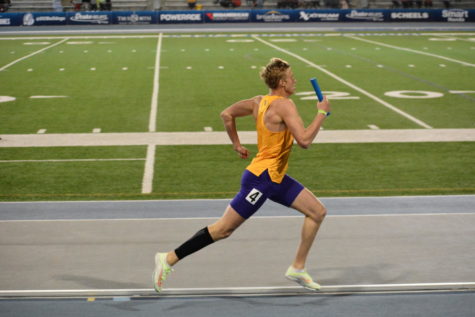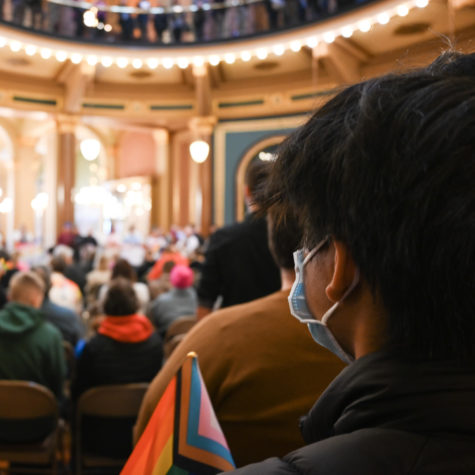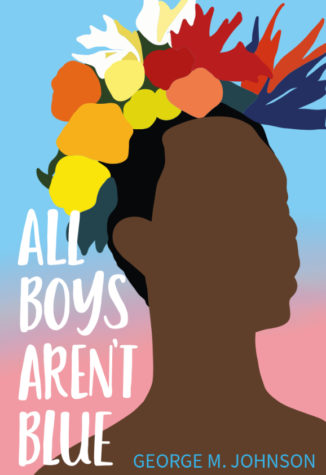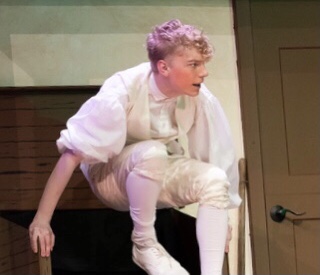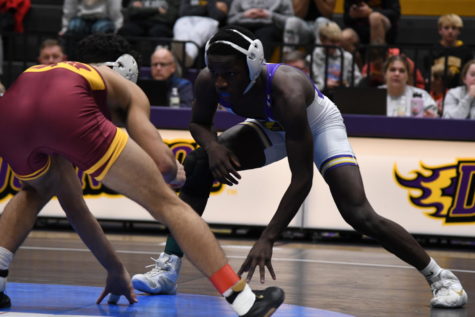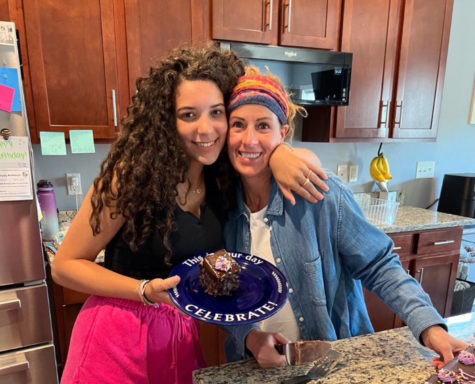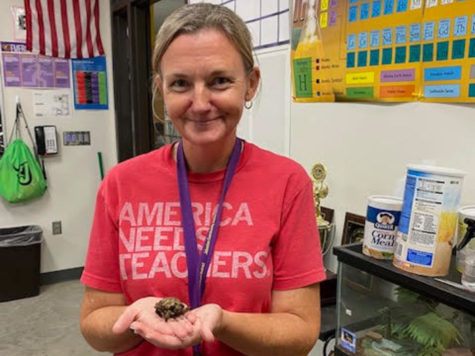Changing Silver Cord
Matthew Ding ’20 and Rachel Winkler ’21 coach middle school Mock Trial students at their weekly practice. Ding and Winkler had to go through a selective application process due to the Silver Cord changes.
October 9, 2018
For 7 years, the Silver Cord program remained true to its original rules and regulations. However, in the summer of 2018, changes were made. To Marshawn Gunn ‘20, the alterations to the Silver Cord program were nothing but bad news. “By this time last year, I had about 10 to 20 hours already,” Gunn said. This year I have zero so far.” Countless students share Gunn’s ill sentiments towards the change and question the decision made.
In 2011, members of the JHS Student Council created the Silver Cord award, a distinguished volunteer service award. To earn this award, students had to complete a minimum of 50 hours of community service throughout their sophomore, junior, and senior years. Upon completion of the minimum 150 hours, students received a silver cord to wear during graduation in recognition of their accomplishment. “I think our program is more rigorous than some others in terms of criteria of activities and accountability, but a lot of schools do have a very similar process,” sponsor Chris Beguhn said. However, at the end of the 2017-2018 school year, changes were implemented to the program.
JHS students and teachers, including ELP teacher/Mock Trial coach Molly McConnell and band director Jeff Robilliard, were affected. “I received an email last spring from Mrs. Beguhn that outlined the new requirements and rules,” McConnell said.
Effective June 6th, 2018, two key changes were put into place. One, high school activities no longer counted for Silver Cord hours, and two, the number of students that could volunteer for an activity was determined by the age of the participants.
“The change is not a huge one, Beguhn said. “It really isn’t.” The amendments came about through a series of discussion. Students had been under the impression that volunteering for activities in which they participated in counted for Silver Cord. These volunteering opportunities were not eligible and as such, conflict and pushback from students and parents came about. Conversations on solutions to this issue elevated to the administrative level, until Principal Ryan Woods suggested that high school activities be removed from Silver Cord eligibility entirely.
Reactions to the changes were far and wide in between. To students like Allison Lemke ‘19, the modifications were not received well initially. “Personally, I don’t like her decision,” Lemke said. “I feel that the decision to no longer have school events available for Silver Cord hours to volunteer at was a poor decision. A lot of events need the high school students to come and so an incentive is Silver Cord hours for them.”
School activities like Mock Trial felt the effects of the changes immediately. “We had a significant number less of applications and participants where I had application upon application upon application last year,” McConnell said.
However, as time goes on, the benefits to the change become more apparent. Sponsors appreciated the adjustments. “Several club sponsors were so grateful because they felt pressured into signing forms for activities that they didn’t feel should count as community service,” Beguhn said.
Changing the rules of eligibility shifts the program closer to its three original goals: having students give back to their community through volunteering, for volunteering to be a year-round activity, and to develop a student’s level of responsibility. “I like to see what students are willing to give their time to volunteer for something without getting anything in return,” Robilliard said. “This speaks volumes to their character, and is the highest form of leadership.”
It is unclear whether or not these decisions are permanent. “To say things wouldn’t change, I won’t ever say that,” Beguhn said. “We should always strive to be better. So, if there’s something better, I think we should do it.” For club sponsors like McConnell, the rule alteration is simply an aspect that must be worked around. “For the first couple of years, we might have to be shaking the trees a little bit more to get volunteers and to get help,” McConell said. “But I think eventually, it will plateau and even itself out as students get used to the idea that they’re not going to get all of the hours that they volunteer.”
“I have faith that my students will step up to help when it is needed,” Robilliard said. The future of Silver Cord is subject to adaptation. More changes might follow, or previous changes might be revised. Regardless, students can always count on the presence of the Silver Cord program and the impacts it diffuses to the community.







